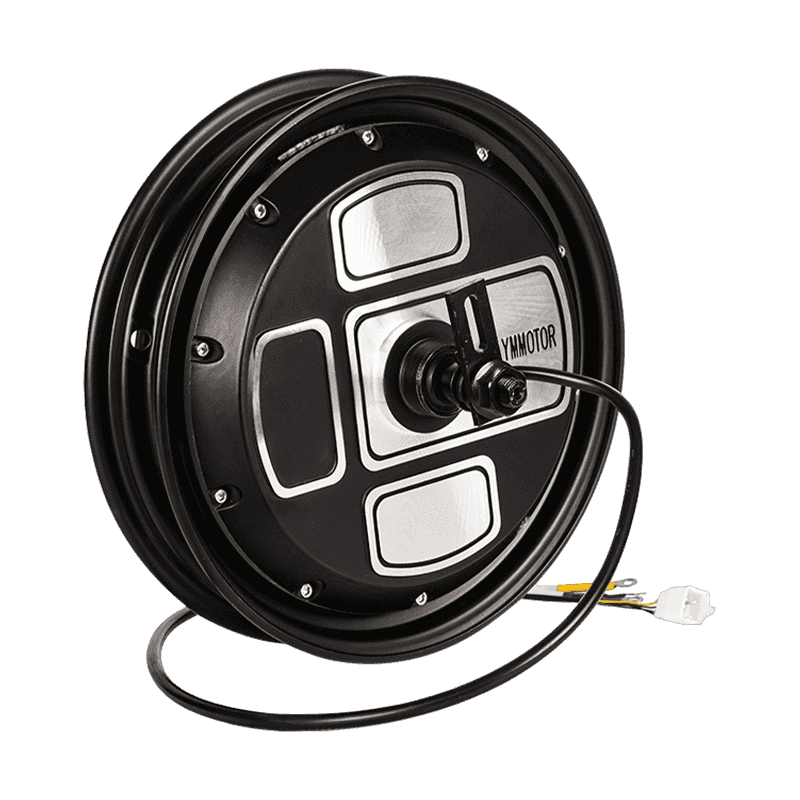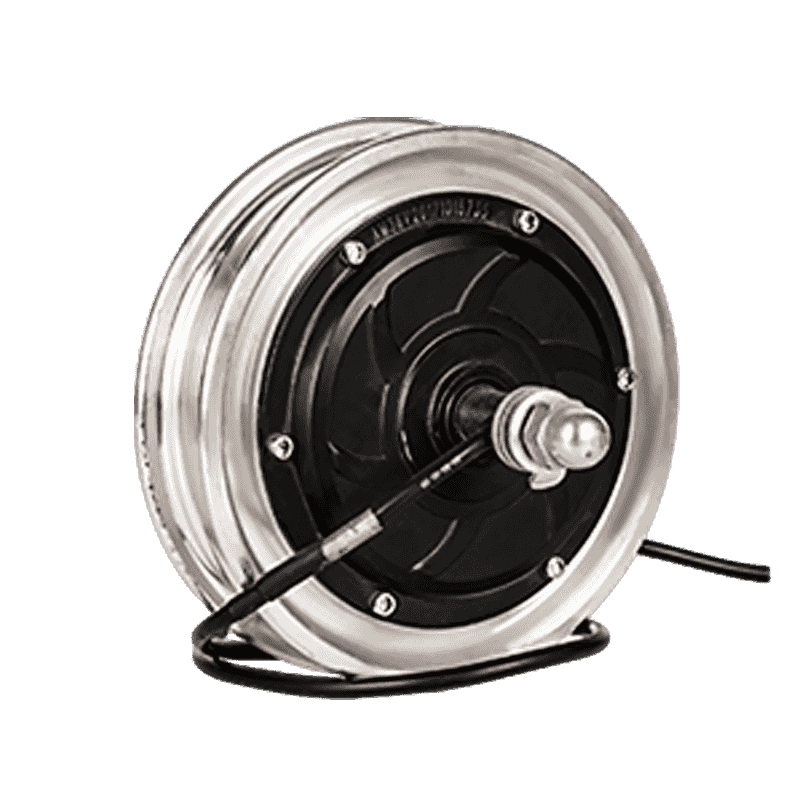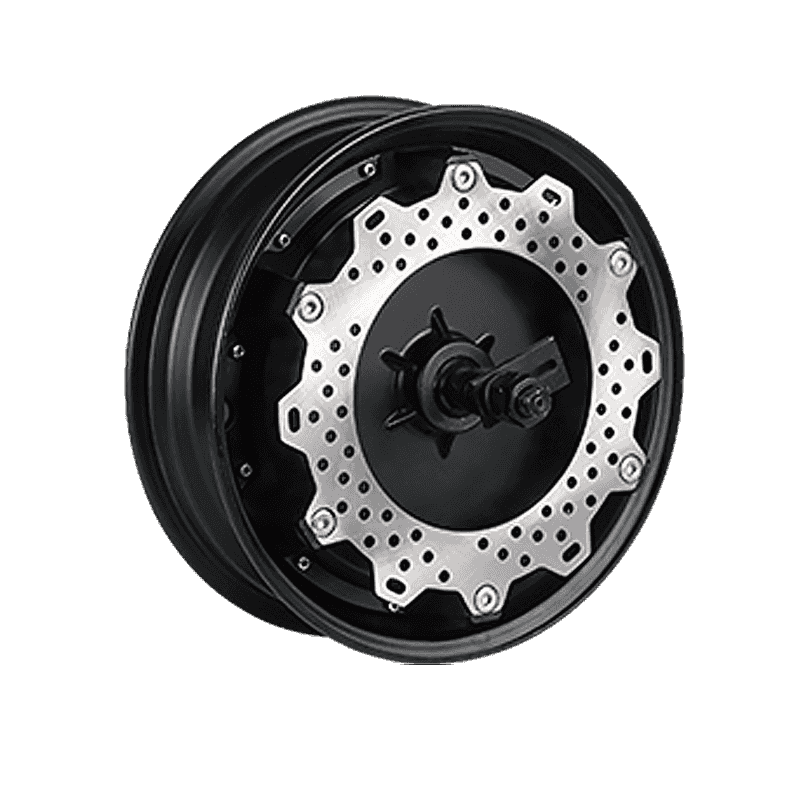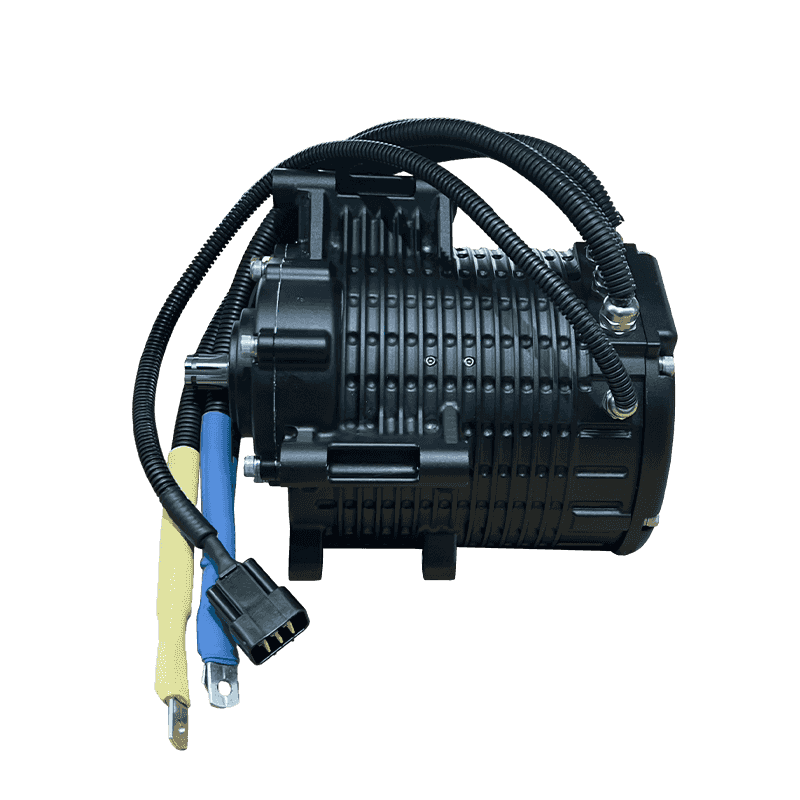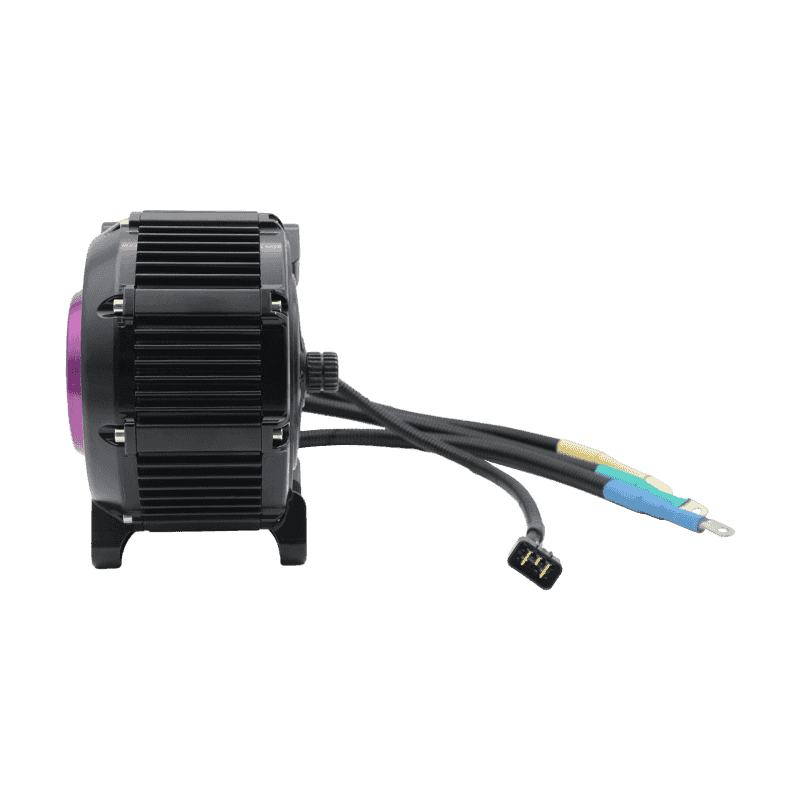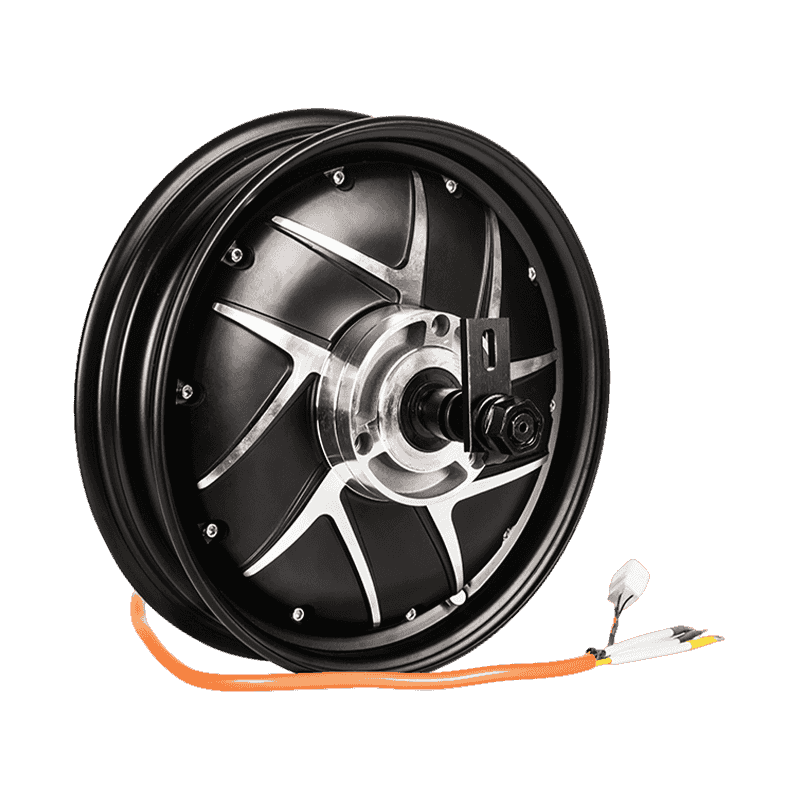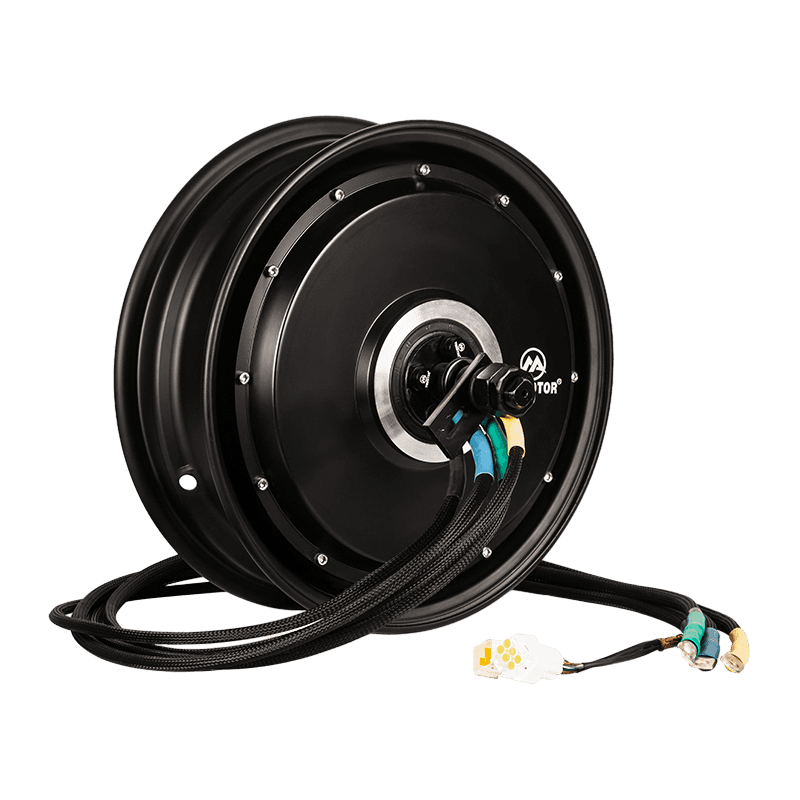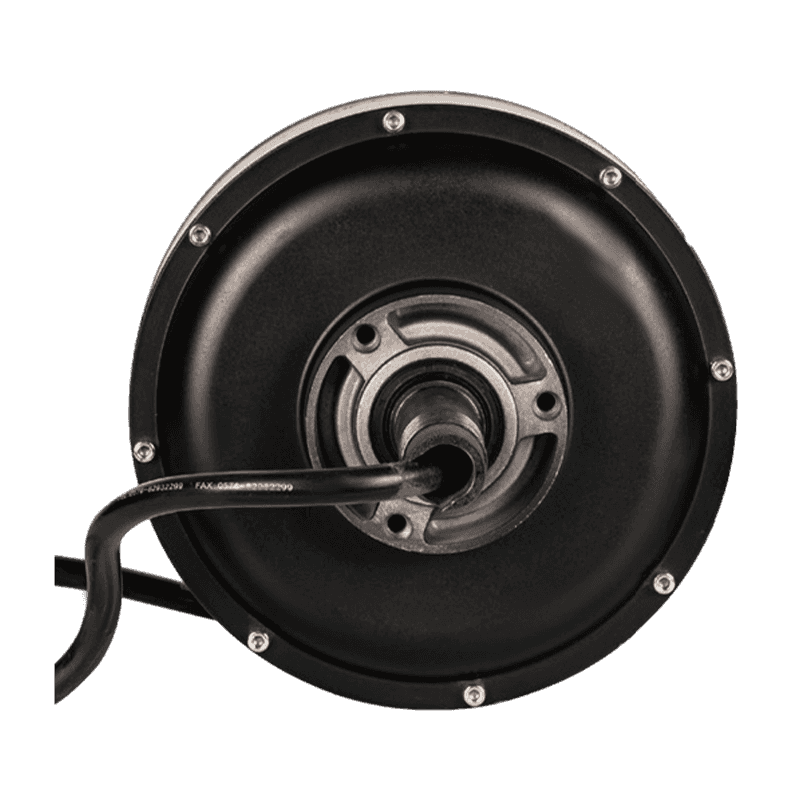The adjustment of output power for electric bike motors primarily relies on the bike's control system and motor driving technology. Below are the main methods used to adjust the output power of electric bike motors:
Role of the Control System
The control system of an electric bike is central to adjusting the motor's output power. It typically consists of a main controller, sensors (such as speed sensors, throttle sensors, etc.), and motor drive modules. The control system receives real-time input from the rider's actions (like twisting the throttle) and vehicle status (such as speed, battery level), adjusting the motor's output voltage and current to change its power output accordingly.
Riding Modes and Power Output Adjustment
Electric bikes usually offer multiple riding modes for riders to choose from, such as Economy Mode, Standard Mode, and Sport Mode. These modes adjust the motor's power output through the control system to provide different riding experiences.

Economy Mode:
Adjustment Method: In Economy Mode, the control system reduces the motor's output power to conserve energy and extend the range. This is typically achieved by lowering the motor's voltage and current.
Effect: Riding feels gentler, with increased range corresponding to reduced power consumption.
Standard Mode:
Adjustment Method: Standard Mode provides moderate power output, suitable for daily riding needs while balancing energy consumption and range. The control system adjusts the motor's output power to a balanced level based on vehicle status and rider input.
Effect: Provides a smooth riding experience suitable for most road conditions and riding requirements.
Sport Mode:
Adjustment Method: In Sport Mode, the control system increases the motor's output power to deliver stronger acceleration and performance. This is usually done by increasing the motor's voltage and current.
Effect: Provides ample power for vigorous acceleration, suitable for climbing, overtaking, or navigating complex road conditions quickly. However, this mode increases energy consumption and reduces range accordingly.
Specific Implementation
Sensor Detection: The control system uses sensors such as speed sensors and throttle sensors to detect vehicle status and rider input in real-time.
Algorithm Calculation: Based on the detected information, the control system calculates the current motor power output using built-in algorithms.
Execution by Drive Module: Finally, the motor drive module adjusts the motor's output voltage and current according to the control system's instructions to achieve the desired power output.
Considerations
When selecting riding modes, riders should choose based on actual road conditions and riding needs to ensure safety and a satisfying riding experience.
Frequent mode switching may burden the battery and motor, so it is advisable not to operate modes frequently during riding.
The control systems and motor driving technologies of electric bike motors continue to evolve and update. Different brands and models of electric bikes may vary in their approach to adjusting riding modes. Therefore, it is best to carefully read the vehicle's user manual or consult manufacturer customer service for accurate information before use.


 English
English

